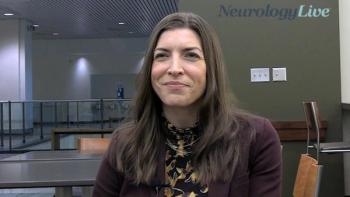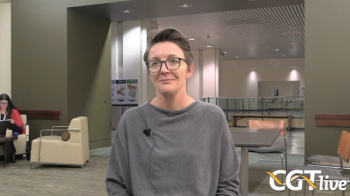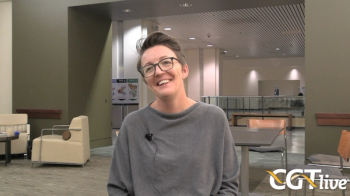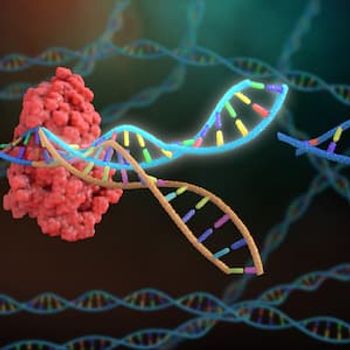
Early Bone Marrow MRD Status May Determine CAR-T Therapy Response in Myeloma
Regardless of bone marrow cellularity, bone marrow minimal residual disease (MRD) negativity at month 1 correlated with deep response and prolonged PFS.
In patients with multiple myeloma receiving chimeric antigen receptor T cell (CAR-T) therapy, bone marrow minimal residual disease (MRD) negativity was found to be a prognostic factor for survival and response regardless of cellularity and free light chain (FLC) normalization at 1 month.1
The data were presented at the 2
“Hypocellular bone marrow is common in the 3 months post CAR-T,” wrote Bansal and colleagues. “Regardless of bone marrow cellularity, bone marrow MRD negativity at month 1 correlates with deep response and prolonged PFS [progression free survival].” She added that most patients with bone marrow MRD negativity at month 1 also had FLC less than normal. “Bone marrow MRD negativity status and FLC normalization were associated with longer survival,” Bansal wrote.
The authors explained that bone marrow assessment of MRD is prognostic for survival in multiple myeloma, but the timing of this assessment varies across CAR-T therapy trials and differs from standard of care practice. Bone marrow myeloma cell clearance can be detected by month 1 after CAR-T therapy, even before serum immunofixation becomes negative. As bone marrow is still hypocellular at month 1, the prognostic value of MRD negativity at this timepoint is unclear.
In this study, Bansal and colleagues examined the impact of 30-day MRD status in 60 patients (median age 62, male 53%) with multiple myeloma who received CAR-T therapy at the Mayo Clinic between August 2016 and June 2021. Medical records were reviewed retrospectively. The patients underwent a bone marrow biopsy at month 1. Baseline demographics were similar between the bone marrow MRD negative (n=47) and MRD positive (n=13) patients.
Overall, 85% of patients who were bone marrow MRD negative at 1 month had involved/uninvolved FLC less than normal. At 1 month, 40% of all the patients had hypocellular bone marrow. Serial bone marrow samples at months 3, 6 and 12 showed a bone marrow MRD negative rate of 93%, 56% and 58%, and a hypocellularity rate of 54%, 32% and 30%, respectively. Among the bone marrow MRD negative/hypocellular patients at month 1, hypocellular bone marrow was seen in 73% at month 3 and 50% at months 6 and 12.
Patients who were bone marrow MRD negative at month 1 had longer PFS compared with MRD positive patients (17.5 vs. 2.9 months, P <.0001). However, PFS was not statistically significantly different between patients who had bone marrow MRD negative and were either hypocellular or not. Bone marrow MRD negative patients with FLC below normal at 1 month had better median PFS compared with those who did not. (MRD-/FLC,<normal 17.9 months, MRD+:2.9 months, MRD-/FLC>normal: 4.9 months; P <.0001.
“Our data support the continued evaluation of bone marrow early post CAR-T infusion as a prognostic tool,” the authors concluded.
To read more coverage of ASCO 2022,
REFERENCE
Bansal R, Bakh M, Larsen J, et al. Prognostic value of early bone marrow MRD status in CAR-T therapy for myeloma. Presented at: 2022 ASCO Annual Meeting, June 3-7, 2022. Abstract #8022
Newsletter
Stay at the forefront of cutting-edge science with CGT—your direct line to expert insights, breakthrough data, and real-time coverage of the latest advancements in cell and gene therapy.










































